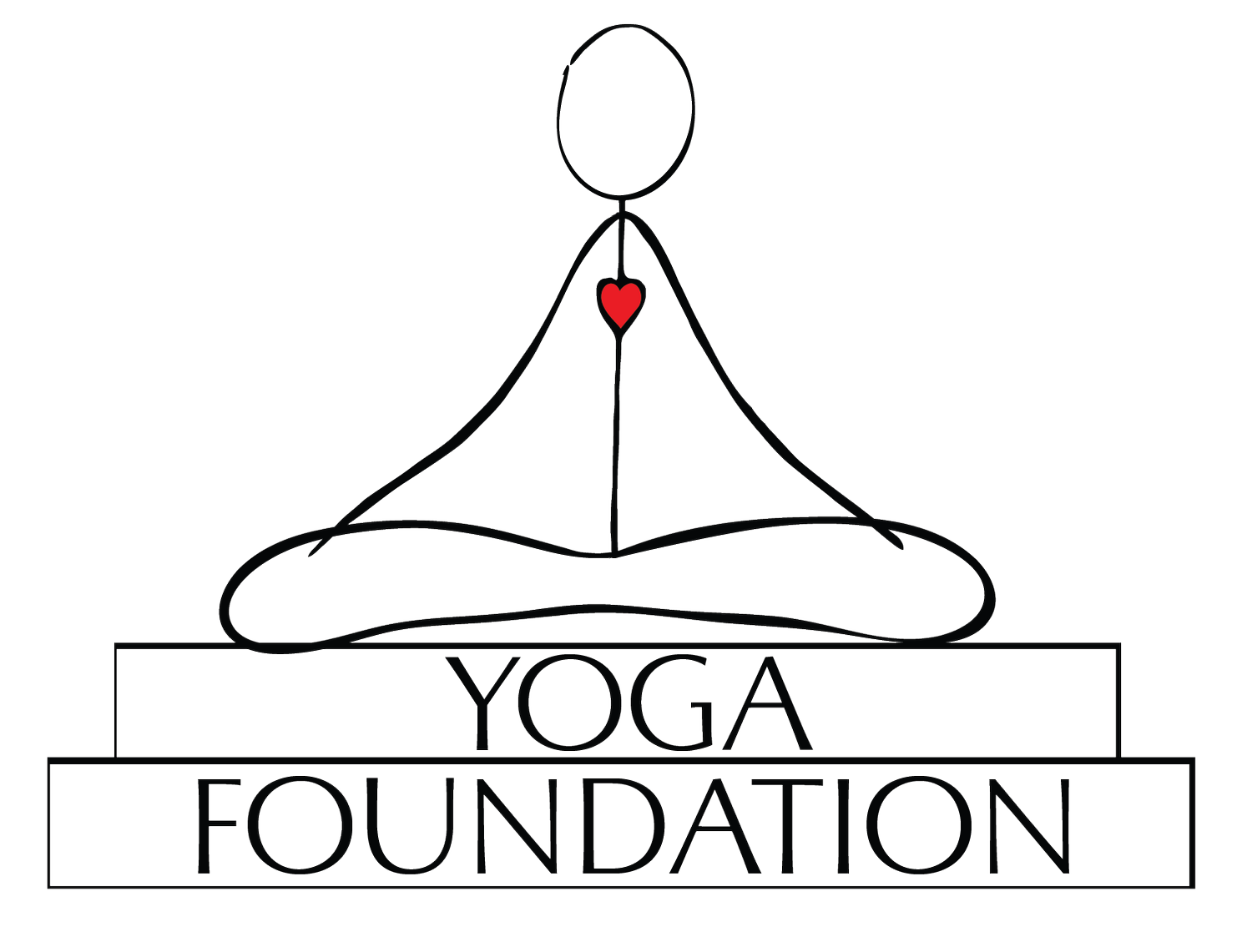The truth exists
The sooner we accept the truth, the better
Ever transformation-forward, Yoga in its most optimistic sutra, II. 16, declares that future suffering is preventable, and we'll center around that in all of our monthly Teacher's Workshops, including February's.
In this profession for nearly 30 years, many of the injuries I see in my colleagues and friends are due to Yoga. Why? Most of us start our practices young-ish, somewhere in the householder phase, when we have increased rajas due to the physically, mentally and emotionally labor-intensive nature of adulting. We need it. We approach practice with earnest ambition and goals in mind, likely even from the same mindset with which we've approached other movement-based activity, or even all of life with. By the time we simmer down, damage may be done.
Practice, after day, after week, after month, after year, after phase after decade: ouch. Repetitive movement strain. As a sarva anga sādhana, āsana is designed for whole body health; however, without education in its subtle anatomical underpinnings, it becomes uni-dimensional and then some.
Then, what is our starting point? Think back. Let’s face it: (Almost) no adult starts Yoga because their lives are peachy - we are suffering. We begin from a place of fear: fear of getting older, unhappier, stiffer, more anxious, more attached to the objects of our desire, gaining weight, losing function or deteriorating in some way, if we get honest with ourselves.
In his commentary on practice, Sir T. Krishnamacharya plainly states we need to start our practice from faith, not fear. The Yoga of Krishnamacharya is functional Yoga. It contains the antidote to an eventuality of winding up in more suffering due to our approach. For those practicing in other styles or lineages, or for those locked into a rajas-dominated version of themselves, still immersed in form-based Yoga practices, this lineage helps you curb the extra. From the comfortable clothing worn, to the neutral presence of the teachers, to the breath-driven instructions, to the emphasis on the purpose and defining characteristics, to the age-appropriate ratio of āsana to prānāyāma to dhyānam, rajas diminises. The habit-perpetuating tamas diminishes. And sattva increases. We develop a balanced approach, over time, probably having learned the hard way.
The hard way, as I am learning, is through lack of faith. Faith in self. Faith in teacher. Faith in Yoga. Faith in lineage. My number one advice for those starting on the path is choose your teacher wisely, and make sure they are a sampradaya sevika, a teacher in an ancient lineage, not a style. And number two is do what they prescribe, and stay connected. Upadeśa, proximity to the teacher, can not be overstated for success in Yoga.
